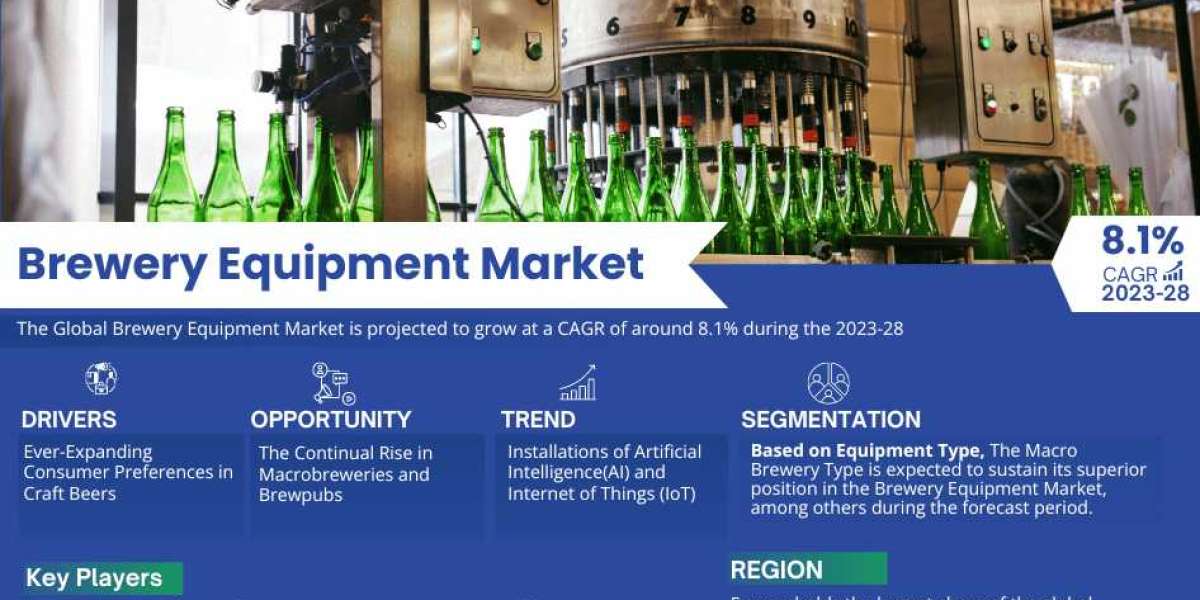Introduction to Wireless Sensors
In today's rapidly evolving industrial landscape, the importance of predictive maintenance cannot be overstated. It's the proactive approach that allows companies to detect and address machinery issues before they lead to costly breakdowns. The heart of effective predictive maintenance lies in the use of advanced sensors, particularly wireless sensors, which have become a game-changer in this field. This article explores the key role of wireless sensors, introduces the revolutionary BlueVib Sensor, discusses the significance of piezoelectric sensors, and outlines the implementation of wireless sensors for predictive maintenance. It concludes by pondering the future of predictive maintenance and its continued integration of technology.
The BlueVib Sensor: A Game Changer for Predictive Maintenance
One of the leading innovations in the world of wireless sensors for predictive maintenance is the BlueVib Sensor. Designed to cater to a wide range of applications, the BlueVib Sensor has garnered attention for its precision, efficiency, and versatility. Whether it's monitoring vibrations in industrial equipment, detecting anomalies in rotating machinery, or assessing structural integrity, the BlueVib Sensor has proven its mettle.
Wireless sensors like the BlueVib Sensor provide real-time data collection, offering a more comprehensive and accurate analysis of machinery performance. This enables maintenance teams to take preemptive measures based on data-driven insights. By predicting potential issues, the BlueVib Sensor helps companies reduce downtime and save significant maintenance costs.
The Role of Piezoelectric Sensors in Predictive Maintenance
Piezoelectric sensors have long been an essential tool in the predictive maintenance arsenal. These sensors work on the principle of converting mechanical energy, such as vibrations and pressure, into electrical signals. This conversion allows for the monitoring of various parameters critical for predictive maintenance, such as stress, temperature, and strain.
Piezoelectric sensors are particularly effective in applications where precision is paramount. For example, they are used to monitor the structural health of critical infrastructure like bridges and buildings. They play a crucial role in early detection of microcracks or structural weaknesses that could lead to catastrophic failures if left unchecked. Additionally, piezoelectric sensors are widely used in the aerospace industry to monitor the structural integrity of aircraft components.
Implementing Wireless Sensors for Predictive Maintenance
Implementing wireless sensors for predictive maintenance involves several critical steps. Firstly, selecting the right sensor for the specific application is crucial. This choice depends on factors such as the type of machinery, environmental conditions, and the parameters to be monitored. As we mentioned earlier, the BlueVib Sensor and piezoelectric sensors offer versatility and precision for a wide range of applications.
Once the sensors are selected, they need to be strategically placed on the machinery or structure. This placement ensures optimal data collection. The collected data is then transmitted wirelessly to a central monitoring system. Advanced data analytics and machine learning algorithms are used to interpret the data, allowing for the detection of anomalies and prediction of potential issues. Regular maintenance based on the data collected by wireless sensors is the next step. Preventive and corrective actions can be taken as required, minimizing unplanned downtime and reducing maintenance costs.
The Future of Predictive Maintenance: Embracing Technology
As technology continues to advance, so too will the field of predictive maintenance. The integration of wireless sensors and other cutting-edge technologies will be the driving force behind this evolution. Predictive maintenance will become even more predictive, leading to further reductions in downtime and maintenance costs.
The future of predictive maintenance lies in the development of more intelligent and autonomous systems. For example, IoT (Internet of Things) technology will enable machines to communicate with each other and with central monitoring systems in real-time. This interconnectedness will allow for more precise predictions and automated responses to machinery issues. Furthermore, artificial intelligence and machine learning will play an ever-increasing role in predictive maintenance. These technologies will enhance the accuracy of predictive models, making it possible to detect even subtle anomalies and predict failures with higher confidence.
In conclusion,
wireless sensors, including the BlueVib Sensor and piezoelectric sensors, have revolutionized the field of predictive maintenance. Their ability to provide real-time data, precision, and versatility makes them indispensable tools for industries seeking to reduce downtime and cut maintenance costs. As technology continues to advance, the future of predictive maintenance looks promising, with even greater reliance on interconnected systems and intelligent algorithms. Companies that embrace these technologies will be better positioned to thrive in the ever-evolving industrial landscape.



